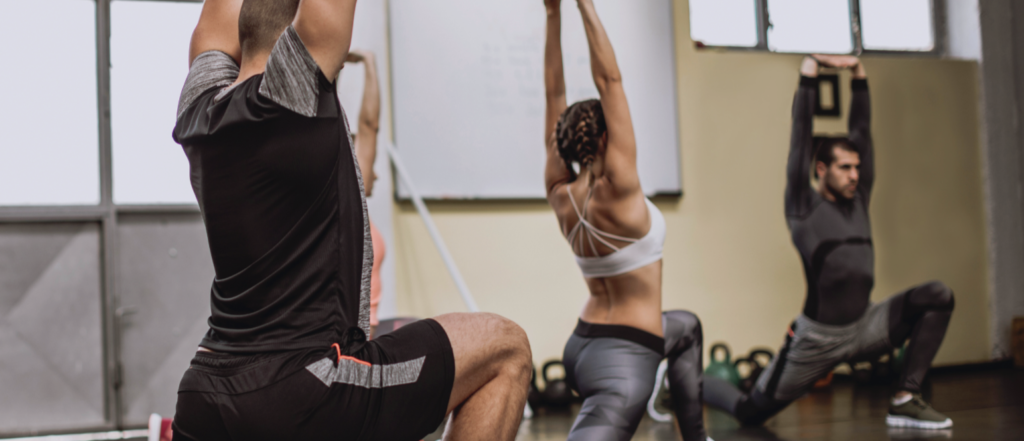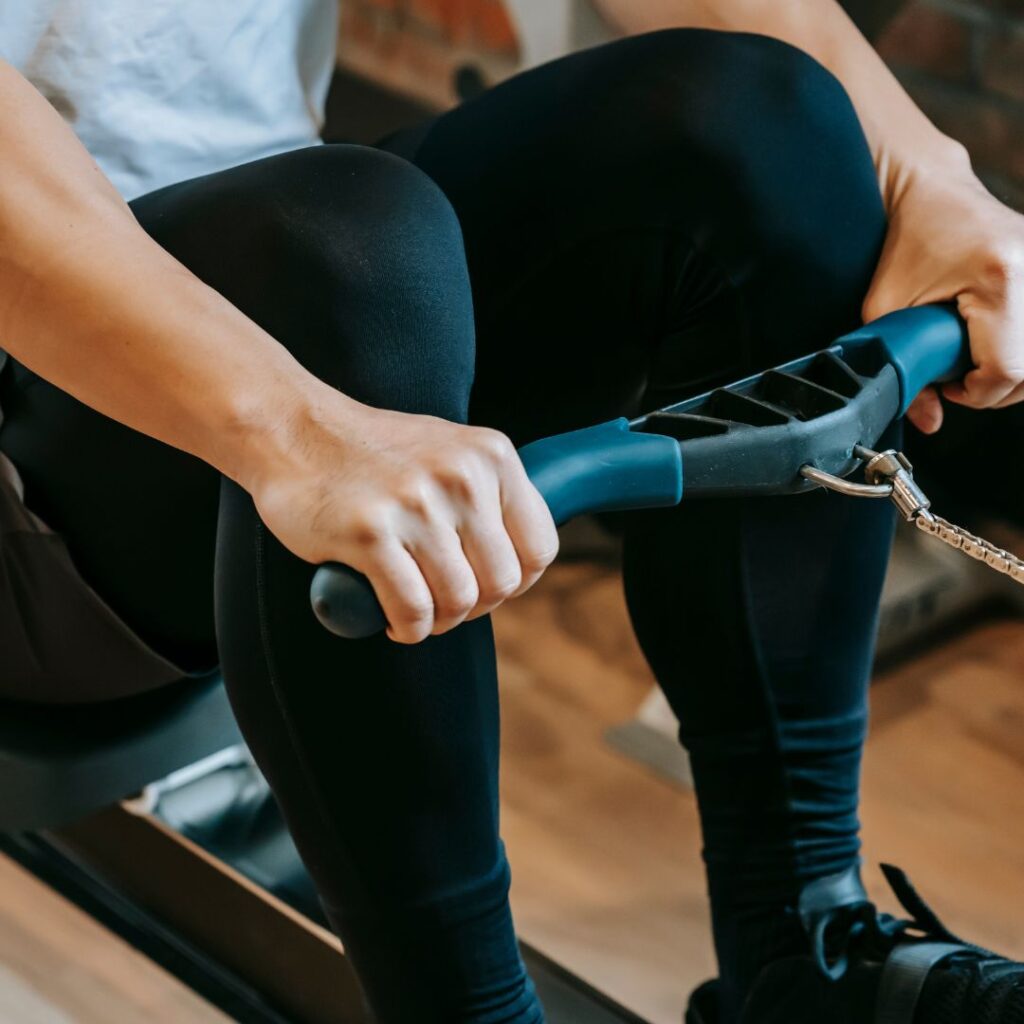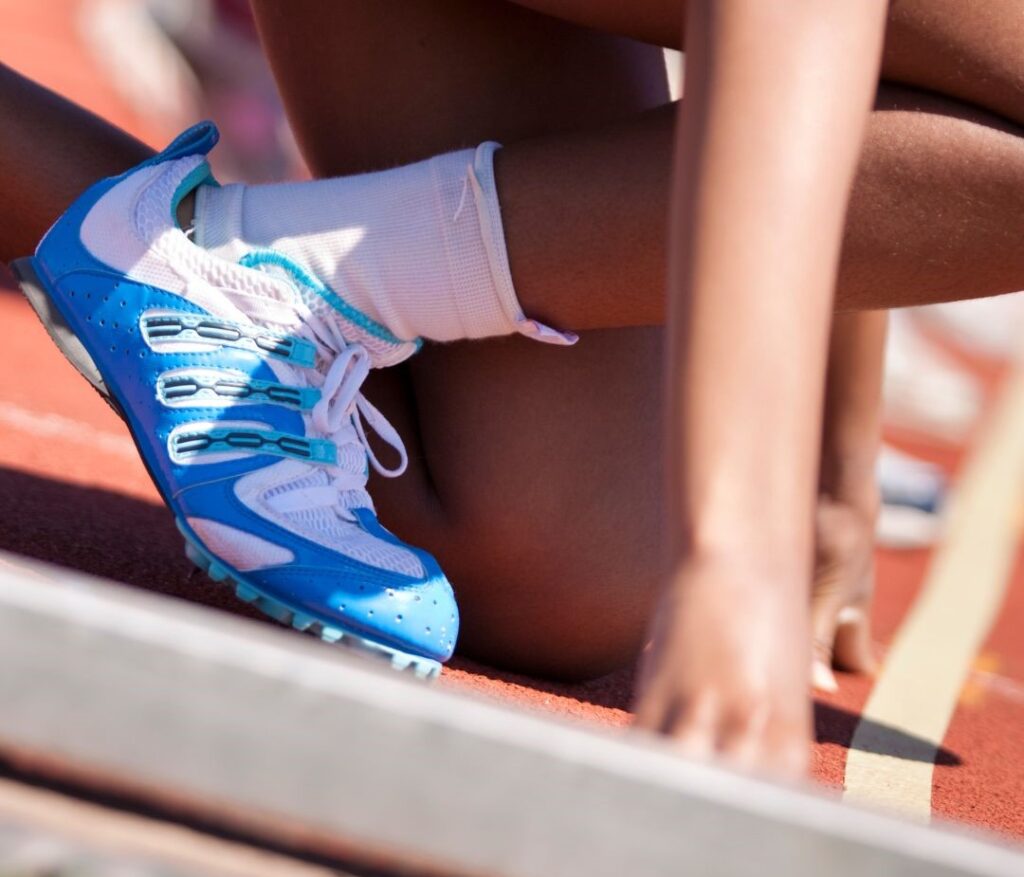
What Benefits Do Warm-Ups Bring? And What Is The Best Way To Do Them?
We’ve been told for years about how important it is to warm up before a training session or a game. But most of us don’t really know why or how to do an effective warm-up. We have a vague idea that it somehow reduces injuries and makes us more flexible so we’re less likely to tear a muscle, but that’s about it. Unfortunately this lack of understanding often leads to a lack of motivation so we generally minimise our warm-up or skip it completely.
Skipping your warm-up is actually a big missed opportunity. Done properly they don’t take long and they are far more dynamic and “fun” than simply stretching. And while most people think about warm-ups to prevent injury, the other huge benefit that is less known is that they significantly improve your performance in the upcoming session. Yep – they can help you play or train better and with less risk of injury!
WHAT EXACTLY IS A WARM-UP?
The warm-up period comes before your game or the main part of your training session. In some gym classes it is built in to the session time, but if you’re doing your own thing or playing a game you should set aside a few minutes prior to do it. It can be as little as 10 minutes or up to 30 minutes depending on your type of exercise, level of competition, and any specific areas to be worked on, eg for injury management.
Like most areas of sport and exercise, research has hugely improved the knowledge we have about what makes an effective warm-up. The days of simply “doing some stretches and going for a jog” are well and truly past. You can get far bigger benefits and make your routine much more engaging than that.
IT’S NOT ALL PHYSICAL
It’s important to remember that warm-ups aren’t just about physical preparation. They are also important for mental preparation. Being in the right head-space is important for two reasons;
- INJURY PREVENTION – whether you’re pushing your squats in the gym or navigating your way through a fast-moving team game, if your attention is on what’s for dinner later rather than what you’re doing right now then you’re far more likely to drop form, move poorly or make a bad decision. A warm-up helps get your head in the session, concentrate on your movement and be aware of your body’s cues for how it’s feeling and moving.
- PERFORMANCE IMPROVEMENT – bringing your concentration and focus into the session helps you move better, analyse more deeply how you are performing, and monitor your body’s feedback cues. It increases motivation to push your performance and think more clearly about game situations. Put together, these result in far superior performance and intensity in training and game situations.
WHAT PHYSICAL BENEFITS WILL I GET FROM WARMING UP?
During a warm-up your body is primed for activity and exercise. Muscle blood flow and core temperature increase which provides improved movement co-ordination, increased speed and maximal strength. Your cardiovascular system is optimised by an increase in heart rate and local circulation to the working muscles.
An under-valued area which also improves dramatically during warm-up is neural activation. Think of a proper warm-up as a wake-up for our nervous system. Increasing stimulus to our neural system speeds up reaction times, improves processing of feedback signals from our body and optimises signals from our brain to our muscles to produce better co-ordination. Think of it like trying to go and play or train when you’re really tired. You’ll be sluggish, slow to react, and likely make poor decisions in game situations. The neural activation effect of a good warm-up is like becoming fully awake, alert, fast to react, thinking clearly and motivated to perform.
Put together, these effects all combine to minimise injuries and increase performance. They also help overcome the effects of more intense and frequent exercise sessions. For example, if you are training or playing almost daily during peak-season a good warm-up routine can help your recovery between sessions and let you come back for the next session feeling primed and ready to go again.
INJURY MINIMISATION OR PERFORMANCE IMPROVEMENT? I’LL TAKE BOTH.
While the warm-up both reduces injuries and improves performance, we prefer to think of the warm-up as a performance enhancing tool. Why? There are two main reasons;
- MOTIVATION – most of us are more motivated to do something consistently if we think of it in a positive way, i.e. increasing a definite positive rather than reducing a potential negative. Basically, we’re more motivated by the prospect of playing better rather than by reducing our risk of picking up an injury that may not have happened anyway.
- ENABLE CONSISTENT TRAINING – when it comes to exercise, consistency is key to getting stronger, faster, more skilled and learning to make better in-game decisions. Warming up helps us train more consistently because it reduces our chance of missing sessions due to being sore or injured. So the long-term effect is improved performance due to consistent training by minimising time out through injury.
RAMP YOUR WARM-UP
The most widely used and accepted framework for an effective warm-up uses the RAMP acronym designed by Dr Ian Jeffreys. RAMP stands for;
Raise
Activate
Mobilise
Potentiate
Following the RAMP framework is effective for exercise at all levels, from weekend warriors to elite competitors. It prepares you for the immediate upcoming session plus when done consistently it provides long-term benefits including more mobility and flexibility, better co-ordination and balance, plus faster reaction times & more explosive movement.
Now lets take a look at the four RAMP components.
RAISE

This component is about raising your body temperature. You want to increase your heart rate, breathing, and circulation to prepare your body for the exercise session to follow. The opportunities are endless – you can just jog a lap but there are so many other ways to get moving.
If you’re in the gym mix it up each session by switching between the bike, rower, stepper, ski machine and treadmill. Outside you can jog, skip, do walking lunges or light agility drills with the ladder or mini-hurdles, bear-crawl or mix in running variations like high-knees, butt-kicks, side-shuffles and changes of direction. You can also partner-up and do light boxing drills, tag games, or sport-specific drills like jogging while passing. Your imagination is the limit – anything that gets you moving and your heart rate up while having a bit of fun is great.
Side note: if you’re a coach or parent training young kids this is a GREAT opportunity to make your sessions fun while still accomplishing a goal. Play tag, bullrush, stuck in the mud, or whatever the kids love doing!
ACTIVATE
This section is all about firing up the big muscles that are going to be used in your upcoming session or game. Your warm-up becomes a little more specific at this point, because you want to focus on the most important muscles for your session. For running, jumping and many field or court-based sports (footy, basketball, netball, tennis etc…) this is your trunk (including your core), hips, major leg muscles (hamstrings, quads and calf), and main shoulder muscles (rotator cuff, traps, deltoid and pecs).
The activate phase is an important part of the neural activation concept mentioned above. Think of it like this: if you’ve sat at your desk working all day your brain hasn’t really “talked” to your glutes and larger leg and shoulder muscles much, so your brain-muscle neural connection has been dormant. If you now want to go sprinting around a netball court this dormant neural pathway leads to slower and less controlled movement. During the activate phase we fire up the main brain-muscle neural pathways to produce faster reactions, better co-ordination and more explosive movements.
This component usually involves working the target muscles against light-moderate resistance, eg body-weight or resistance bands. Think banded crab walks, single-leg bridges or deadlifts, band-resisted rows and shoulder rotations.
MOBILISE
Now we have your temperature up and your main muscle groups engaged, we want to take your joints through their full range of motion in preparation for faster, multi-directional and/or more heavily loaded movements. Once again, the main areas to work on will vary depending on the type of session you’re about to do.
Often our lifestyle influences which areas we need to target most, as well as our chosen sport. For example desk workers often get stiff in their mid-upper back, so if we want to go for an after-work swim (which needs great mobility in our mid-upper back and shoulders), the mobilise phase should include targeted mobility of the mid-upper back. Similarly, sitting at a desk tends to tighten our hip flexors (because our hips are kept in a flexed position), so if we want to go for a run (which needs good hip extension) we need to work our hips into a good range of extension to counteract prolonged periods in hip flexion. If you want to squat to full depth in the gym, ankle mobility needs to be worked.
Once again there are almost endless possibilities to put in here. Think large full-range movements in multiple directions, rather than static holds at end-range. Some ideas are trunk rotations and chops, walking lunges with twists, thread the needle in 4-point kneeling, hip flows etc…
POTENTIATE

Now that you are warm, your heart rate and circulation are elevated, your main muscles are primed for action and you’ve worked through your mobility, it’s time for a short burst of higher-intensity sports-specific movement. This really gets your neural connections firing in a similar way that you’ll be using them during your session or game. It fine-tunes movement control at higher speeds and under bigger loads, plus focuses your mental awareness and decision-making process in game-type situations. It helps you be 100% firing and in the game right from the first minute.
The potentiate phase may include fast game-play scenarios in compressed spaces, for example holding possession games for soccer, netball, basketball etc… Plyometric drills like skipping, hopping, drop-squats/lunges and pogos can be used. Short sprints and agility drills are also great.
INDIVIDUALISATION IS KEY
Tailoring your warm-up is important. You need to take into account things such as;
– the demands of your sport, game or the session you are about to do
– your level and intensity of competition
– your injury history and any current issues (your warm-up is the ideal time to target specific areas of tightness, weakness and co-ordination/control)
– your readiness to train (are you tired, fatigued, sore from previous sessions etc…)
– your individual preferences
– time available for the warm-up
Within the RAMP framework there is so much scope to tailor your warm-up so that it fits the time you have available, includes things that you enjoy and find helpful, and targets the main areas you need to work on. As long as you cover the four main areas, your imagination is the limit!
A FINAL WORD OON WARM-UPS
It’s OK, we get it. Everyone’s busy, and when we go to train we just want to get in and get started not “waste” time warming up. And how boring are stretches?! Well, hopefully this info on the benefits of spending a little time warming up, and how to do it effectively, has convinced you to put in in your program. Thinking of it as a performance enhancement process can help your motivation. And knowing a simple structure, the RAMP framework, will help put a dynamic and variable feel to your routine to keep it interesting as well as effective.

